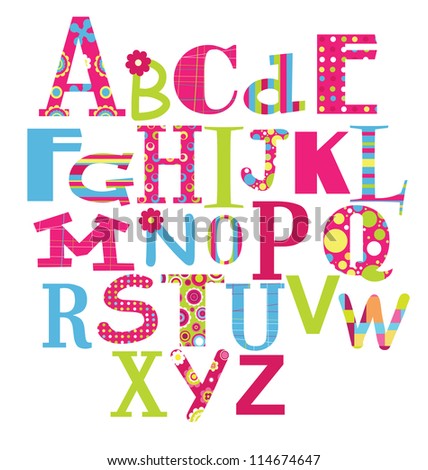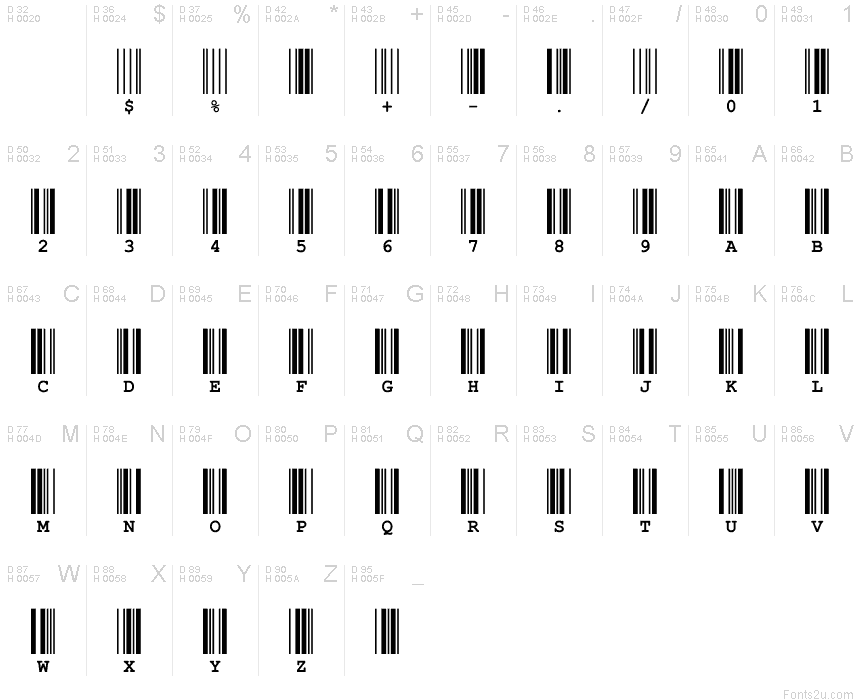An alphabet is a standard set of letters (basic written symbols or graphemes) which is used to write one or more languages based on the general principle that the letters represent phonemes (basic significant sounds) of the spoken language.
A street sign is a type of traffic sign used to identify named roads, generally those that do not qualify as expressways or highways. Street signs are most often found posted at intersections, and are usually in perpendicularly oriented pairs identifying each of the crossing streets.
Advertising (or advertizing)[1][2][3] is a form of marketing communication used to persuade an audience to take or continue some action, usually with respect to a commercial offering, or political or ideological support.
In modern astronomy, a constellation is a specific area of the celestial sphere as defined by the International Astronomical Union (IAU). These areas had their origins in star patterns from which the constellations take their names.
ASCII ( i/ˈæski/ ass-kee), abbreviated from American Standard Code for Information Interchange,[1] is a character-encoding scheme. Originally based on the English alphabet, it encodes 128 specified characters into 7-bit binary integers as shown by the ASCII chart on the right
i/ˈæski/ ass-kee), abbreviated from American Standard Code for Information Interchange,[1] is a character-encoding scheme. Originally based on the English alphabet, it encodes 128 specified characters into 7-bit binary integers as shown by the ASCII chart on the right
An electronic symbol is a pictogram used to represent various electrical and electronic devices (such as wires, batteries, resistors, andtransistors) in a schematic diagram of an electrical or electronic circuit
Morse code is a method of transmitting text information as a series of on-off tones, lights, or clicks that can be directly understood by a skilled listener or observer without special equipment.
American Sign Language (ASL) is the predominant sign language of deaf communities in the United States and English-speaking parts of Canada.







No comments:
Post a Comment